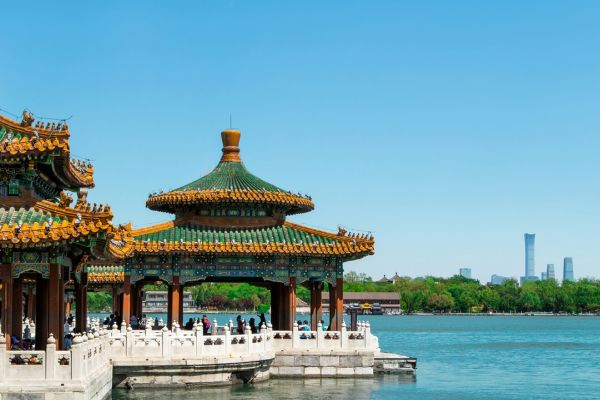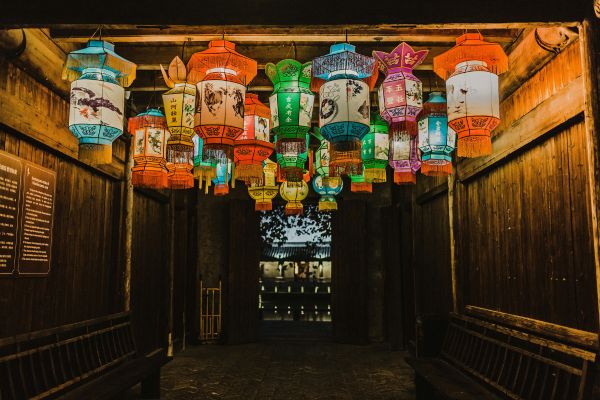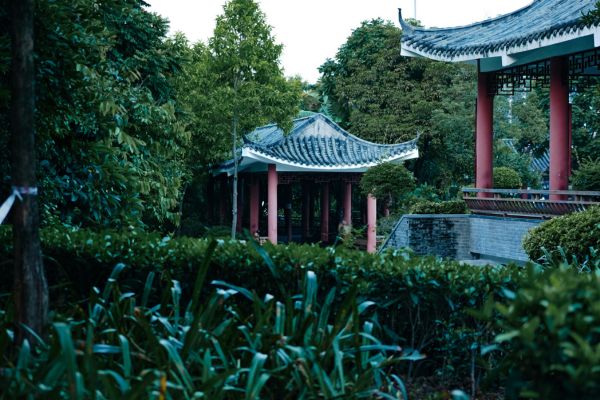
On Mar. 8, the Minister of Commerce, Wang Wentao (王文涛), said in an interview, the “Minister Channel”, after the second plenary session of the 13th National People’s Congress (NPC) that the Chinese government had officially ratified the Agreement on Regional Comprehensive Economic Partnership (RCEP).
The Ministry of Commerce (MOFCOM), together with relevant departments of the State Council, is speeding up the implementation of technical preparations, including the reduced tariffs and the rules of origin certification.
Pursuant to Article 6, Chapter 20 of the RCEP, the Agreement shall enter into force 60 days after the date on which instruments of ratification, acceptance or ratification are deposited with the depositary by signatories of at least 6 ASEAN member States and 3 non-ASEAN member States.
At present, the RCEP region is currently the largest free trade area in the world, and the total population, economic and trade volume of its 15 member States account for about 30% of the world’s total. The RCEP consists of 20 chapters, covering comprehensive market access commitments for goods, services, investment and other areas. The service trade commitment is significantly higher than that of the original China-ASEAN FTA, “10+1”. The negative list approach is applied for market access commitments on investment, and the rules cover trade facilitation, intellectual property rights, e-commerce, competition policy, government procurement and other areas at a relatively high level. China signed the RCEP on 15 Nov. 2020.
Contributors: CJO Staff Contributors Team









